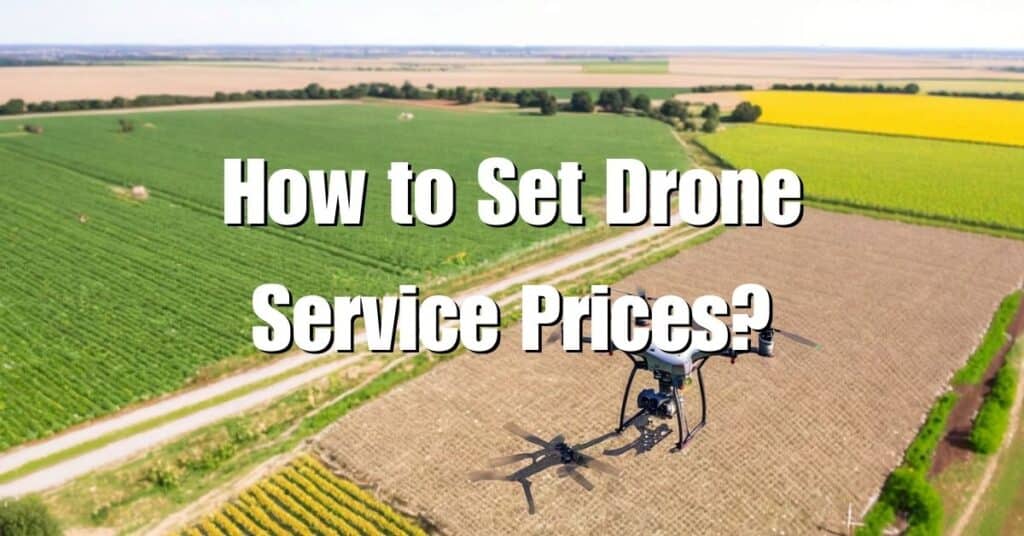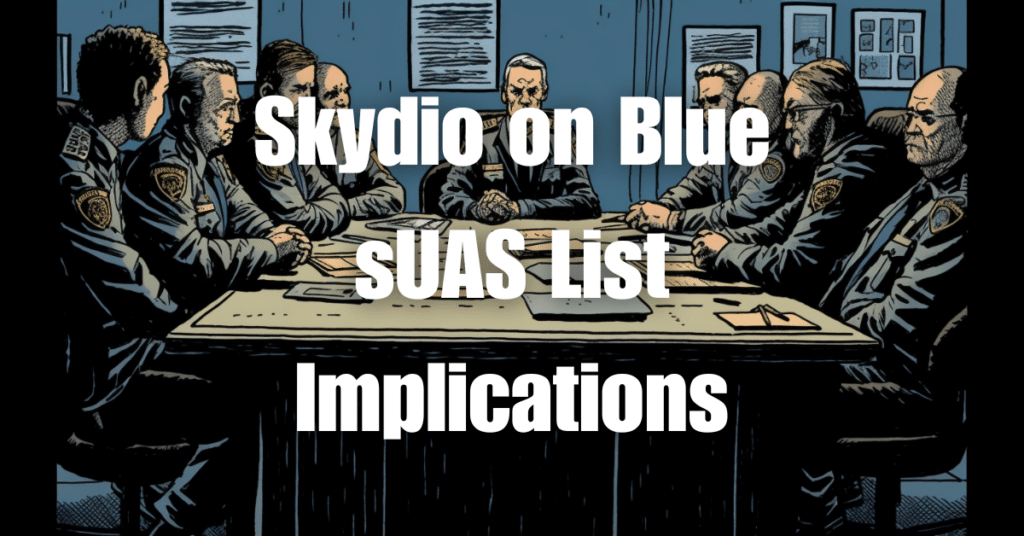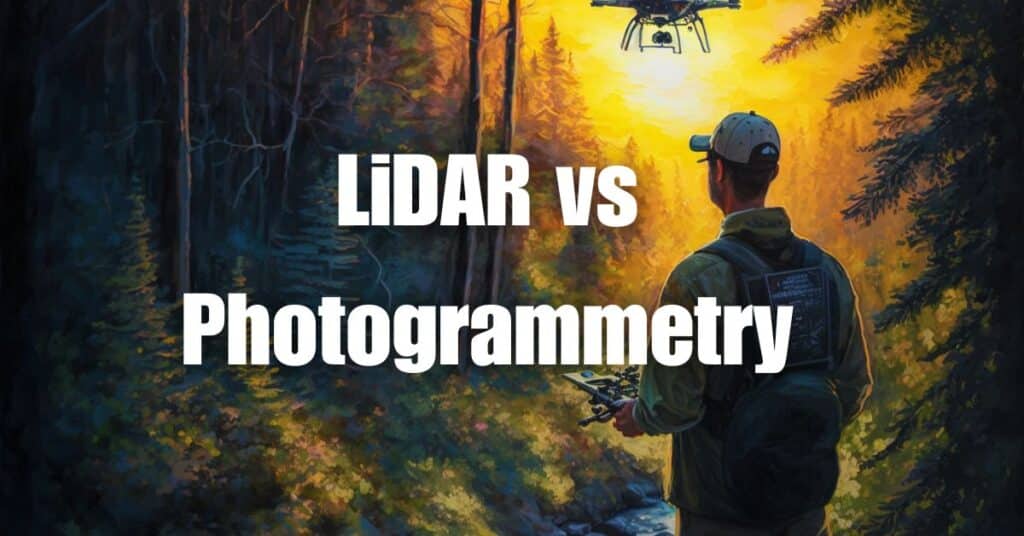In the growing world of drone technology, transforming your passion into a thriving business is an exciting and rewarding opportunity. However, one of the most crucial aspects of building a successful drone business is setting competitive prices for your services. In this article, we’ll explore the factors to consider when determining your drone business prices, effective pricing strategies, and tips for adapting your pricing model to stay ahead in the market.
Understanding the Drone Services Market
Types of Drone Services
Before setting competitive prices for your drone services, it’s essential to understand the different types of services you can offer. Some common drone services include:
Aerial photography and videography: Capturing stunning images and videos from the sky for various industries like real estate, marketing, filmmaking, and tourism.
Real estate marketing: Providing aerial footage and photography to showcase properties, boosting their appeal to potential buyers.
Infrastructure inspection: Utilizing drones to inspect structures like bridges, cell towers, wind turbines, and solar panels, which helps reduce risk and costs associated with manual inspections.
Agriculture and land management: Offering services such as crop monitoring, irrigation management, and livestock tracking to help farmers optimize their operations.
Surveying and mapping: Using drones for accurate and efficient land surveys, creating detailed maps, and collecting geospatial data.
Search and rescue: Assisting emergency responders by providing aerial support during search and rescue operations, helping to locate missing persons or assess disaster-stricken areas.
Event coverage: Covering events like weddings, concerts, and sports matches with aerial footage, providing unique perspectives and enhancing the overall production quality.
Industry Growth and Trends
The drone services market is rapidly growing, with increased demand in various sectors like agriculture, construction, and real estate. According to a report by MarketsandMarkets, the global drone services market is expected to reach $63.6 billion by 2025, growing at a CAGR of 55.9% from 2020 to 2025. Keeping up with industry trends and innovations will help you stay ahead and set competitive prices. Some emerging trends include:
Advancements in drone technology: Improved battery life, enhanced camera capabilities, and more precise GPS systems are making drones more versatile and efficient.
Increasing adoption of AI and machine learning: Integration of AI and machine learning with drone technology is enabling advanced data processing and analytics, opening up new opportunities in industries like agriculture and infrastructure management.
Regulatory advancements: As drone usage becomes more widespread, regulations are evolving to accommodate the growing industry while maintaining safety standards.
Factors to Consider When Setting Prices
Equipment and Maintenance Costs
One of the primary factors to consider when setting drone business prices is the cost of equipment and maintenance. High-quality drones, cameras, and accessories can be expensive, and you’ll also need to account for ongoing maintenance and repairs. Make sure to factor in these costs when determining your pricing structure. Some potential expenses include:
Drones: Depending on the type of services you offer, you may need multiple drones with varying capabilities, such as long-range drones for surveying or drones with specialized cameras for aerial photography.
Camera equipment: High-quality cameras and lenses are crucial for capturing professional-grade images and videos.
Accessories: Additional equipment like extra batteries, chargers, storage devices, and protective cases are essential for smooth operations.
Maintenance and repairs: Regular maintenance checks and occasional repairs are necessary to ensure your equipment remains in optimal condition.
Labor and Expertise
Your skill level and expertise will significantly impact the value of your services. If you possess advanced certifications, specialized skills, or years of experience, you can charge a premium for your services. Additionally, consider the cost of hiring and training employees if your business expands. Some aspects to consider include:
Certification and training: Obtaining relevant certifications, such as a Remote Pilot Certificate or industry-specific qualifications, can increase your credibility and allow you to charge higher rates.
Specialized skills: Developing expertise in niche areas, like drone-based thermography or photogrammetry, can set you apart from competitors and justify premium pricing.
- Employee wages and training: If your business expands and you need to hire additional staff, you’ll need to consider their wages and any necessary training costs.
Insurance and Legal Requirements
Operating a drone business requires compliance with legal and regulatory requirements, such as obtaining a Remote Pilot Certificate from the FAA (Federal Aviation Administration) in the United States. You’ll also need to carry insurance to protect your business and clients from potential liability. Include these costs when setting your prices. Some important considerations are:
Licensing and certification fees: Depending on your location, you may need to pay fees to obtain and maintain the necessary licenses and certifications to operate your drone business.
Liability insurance: Professional liability insurance protects your business in case of accidents or damages caused by your drone operations.
Regulatory compliance: Keeping up to date with regulatory changes and implementing required safety measures, such as flight restrictions and equipment requirements, may incur additional costs.
Market Competition
Research your competitors to understand the going rates for drone services in your region. Competitive pricing is vital to attracting clients, but be cautious not to undervalue your services. Strike a balance between offering competitive rates and maintaining profitability. Some research methods include:
Online research: Explore competitors’ websites and social media pages to get a sense of their pricing and service offerings.
Networking: Attend industry events and join online forums to connect with fellow drone professionals and gain insights into the market.
Client feedback: Talk to your clients and potential clients to understand what they value most in drone services and how your pricing compares to competitors.
Pricing Strategies for Drone Services
Cost-Plus Pricing
Cost-plus pricing involves calculating the total cost of providing a service, including equipment, labor, and overhead, and adding a desired profit margin to determine the final price. This pricing strategy is straightforward and ensures that your business covers its expenses and generates a profit. Steps to implement cost-plus pricing include:
Calculate the direct costs of providing a service, such as equipment, labor, and materials.
Estimate the indirect costs, or overhead, which include insurance, marketing, office expenses, and other general costs associated with running your business.
Add direct and indirect costs to find the total cost of providing a service.
Determine your desired profit margin, either as a percentage or a fixed amount, and add it to the total cost to establish your final price.
Value-Based Pricing
Value-based pricing focuses on the perceived value of your services to the client. By highlighting the benefits and unique aspects of your services, you can justify higher prices. This strategy requires a deep understanding of your target market and the ability to communicate the value of your services effectively. Steps to implement value-based pricing include:
Identify your target market and understand their specific needs, preferences, and pain points.
Determine the unique benefits and features of your services that address those needs and preferences.
Establish a pricing structure that reflects the value you provide to your clients, considering factors like convenience, quality, and innovation.
Communicate the value of your services through marketing materials, client testimonials, and case studies to justify your pricing.
Competitive Pricing
Competitive pricing involves analyzing your competitors’ prices and adjusting your rates accordingly. This strategy can be effective in attracting price-sensitive clients, but be cautious not to engage in a price war that could damage your profitability. Steps to implement competitive pricing include:
Research your competitors’ pricing for similar services.
Analyze their service offerings, quality, and reputation to determine your competitive advantage.
Set your prices at a level that reflects your competitive positioning, taking into account factors like expertise, service quality, and market demand.
Monitor competitors’ prices and market trends regularly to ensure your pricing remains competitive and adjust as needed.
Tips for Adapting Your Pricing Model
To stay competitive and cater to the diverse needs of your clients, it’s essential to adapt your pricing model over time. Here are some tips to help you refine your pricing strategy:
Offering Packages and Discounts
To attract a wider range of clients, consider offering service packages at different price points or providing discounts for long-term contracts or referrals. This can help you cater to clients with varying budgets and needs. Some package ideas include:
Tiered service packages: Offer different service levels, such as basic, premium, and elite, with varying features and pricing to accommodate different client preferences.
Bundled services: Combine multiple services, like aerial photography and videography, into a single package at a discounted rate to encourage clients to choose more than one service.
Seasonal promotions: Offer special discounts during specific periods, such as holidays or off-peak seasons, to boost sales and attract new clients.
Monitoring the Market and Competitors
Regularly monitor the drone services market and your competitors to stay informed of pricing trends and new opportunities. Adjust your prices as necessary to remain competitive and profitable. Some ways to stay informed include:
Industry news: Follow industry publications, blogs, and news sources to stay up to date with market trends and developments.
Online forums and social media: Join online forums and follow relevant social media accounts to engage with other professionals in the drone services industry and gather insights on pricing trends.
Networking events: Attend industry conferences, trade shows, and local networking events to connect with peers and gain insights into market trends and competitors’ strategies.
Adjusting Prices Based on Demand and Seasonality
Demand for drone services may fluctuate due to seasonal factors or changes in the market. Be prepared to adjust your prices accordingly to maintain a steady flow of business and maximize your revenue. Some factors that can influence demand and pricing include:
Seasonal changes: Certain industries, such as real estate and tourism, may experience seasonal fluctuations in demand for drone services. Adapt your pricing to capitalize on peak demand periods and stay competitive during slower seasons.
Market trends: Keep an eye on emerging trends and opportunities in the drone services market that may affect demand, such as new regulations or technological advancements.
Economic conditions: Monitor the overall economic climate, as factors like consumer spending and industry growth can impact demand for drone services and influence your pricing strategy.
Promoting Your Drone Services Effectively
To ensure your drone business thrives, it’s crucial to promote your services effectively. Here are some strategies to help you gain visibility and attract clients:
Building a Professional Website
A professional website serves as the digital storefront for your drone business. It should showcase your services, provide examples of your work, and give potential clients an easy way to contact you. Make sure your website is optimized for search engines and mobile devices to increase its visibility and user-friendliness.
Utilizing Social Media
Social media platforms like Facebook, Instagram, and LinkedIn can be powerful marketing tools for your drone business. Share your best work, industry news, and behind-the-scenes content to engage your audience and showcase your expertise. Engage with your followers, respond to comments, and participate in relevant online communities to build your brand and expand your reach.
Networking and Building Relationships
Forge connections with other professionals in your industry and related fields, such as real estate agents, event planners, and construction managers. Attend networking events, join industry associations, and participate in online forums to build relationships that can lead to referrals and partnerships.
Offering Exceptional Customer Service
Delivering outstanding customer service can set your drone business apart from competitors and lead to repeat business and positive word-of-mouth. Ensure clear communication with clients, meet deadlines, and exceed expectations to create satisfied customers who are more likely to recommend your services to others.
Requesting Client Testimonials and Reviews
Positive testimonials and reviews can significantly impact your drone business’s reputation and help attract new clients. Encourage satisfied clients to leave reviews on your website or third-party platforms like Google My Business and Yelp. Share these testimonials on your social media profiles and marketing materials to showcase your skills and credibility.
Content Marketing and Blogging
Creating valuable, informative content can help establish your expertise and attract potential clients. Consider writing blog posts or producing videos on topics related to the drone industry, such as tips for capturing stunning aerial footage or the benefits of drone-based inspections. Share this content on your website, social media platforms, and industry forums to increase your visibility and attract potential clients.
Collaborating with Influencers and Partners
Partnering with influencers or businesses in related industries can help you reach new audiences and expand your client base. Collaborate with influencers who share your target audience, such as photographers, travel bloggers, or real estate professionals, to showcase your services and generate referrals. Consider joint ventures or cross-promotions with complementary businesses to provide added value to clients and grow your network.
Investing in Advertising
Paid advertising can help you reach a wider audience and boost your visibility. Consider running ads on platforms like Google AdWords, Facebook, or Instagram to target potential clients in your area. Be strategic with your ad spend, focusing on high-converting keywords and ad placements to maximize your return on investment.
By understanding the drone services market, analyzing various factors, and adopting suitable pricing strategies, you can set competitive prices that appeal to clients while maintaining profitability. Moreover, implementing effective marketing and promotional tactics will help your drone business grow and succeed in the competitive marketplace.
n conclusion, establishing competitive drone business prices is essential for turning your hobby into a profitable venture. By understanding the drone services market, considering factors like equipment costs, labor, insurance, and competition, and employing the right pricing strategies, you can create a sustainable and successful business model. To learn more about building and growing your drone business, be sure to check out our comprehensive guide at Soaring High: A Comprehensive Guide to Building and Growing Your Drone Business. If you need any drone services, don’t hesitate to contact Blue Falcon Aerial for expert assistance.




